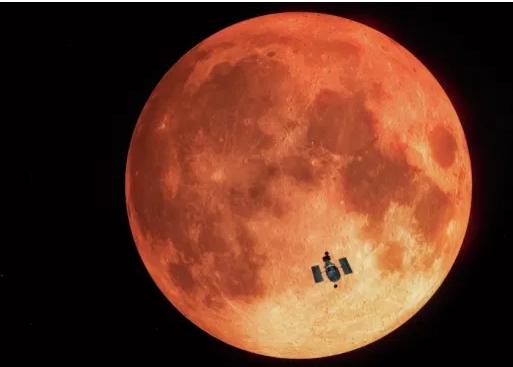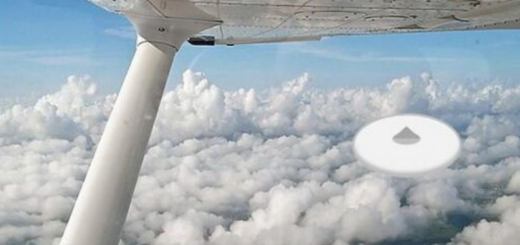LUNAR-CY Nasa now using the Moon as a giant space MIRROR to spot alien life lurking in nearby galaxies

THE MOON has been used as a gigantic mirror by scientists on the hunt for other habitable planets.
Their aim was to observe what chemical signatures Earth is giving off in space so they know what to look for in their quest for alien-life supporting exoplanets.
Nasa and ESA scientists used the Hubble Space Telescope to capture a reflection of Earth when sunlight bounced off the lunar surface during an eclipse.
The reflection highlighted what chemical signatures our atmosphere gives off in space.
Now they can use space telescopes to see if planets spotted in other galaxies give off similar chemical signatures.
Nasa said: “Taking advantage of a total lunar eclipse, astronomers using NASA’s Hubble Space Telescope have detected Earth’s own brand of sunscreen – ozone – in our atmosphere.
“This method simulates how astronomers and astrobiology researchers will search for evidence of life beyond Earth by observing potential “biosignatures” on exoplanets (planets around other stars).
“Hubble did not look at Earth directly. Instead, the astronomers used the Moon as a mirror to reflect sunlight, which had passed through Earth’s atmosphere, and then reflected back towards Hubble.
“Using a space telescope for eclipse observations reproduces the conditions under which future telescopes would measure atmospheres of transiting exoplanets.
“These atmospheres may contain chemicals of interest to astrobiology, the study of and search for life.”
Similar ground-based observations have been done before but this is the first time a reflection was captured at ultraviolet wavelengths from a space telescope.
This was said to give scientists a better look at Earth’s “ozone fingerprint”.
Hubble scientist Allison Youngblood worked on the study.
She said: “One of NASA’s major goals is to identify planets that could support life.
“But how would we know a habitable or an uninhabited planet if we saw one?”
Her study has been published in The Astronomical Journal.



 Creators of mankind
Creators of mankind Description of “Tall white aliens”
Description of “Tall white aliens” Where they came from?
Where they came from? About hostile civilizations
About hostile civilizations The war for the Earth
The war for the Earth “Tall white aliens” about eternal life
“Tall white aliens” about eternal life Video: “Nordic aliens”
Video: “Nordic aliens” Aliens
Aliens Alien encounters
Alien encounters The aliens base
The aliens base UFO
UFO Technology UFO
Technology UFO Underground civilization
Underground civilization Ancient alien artifacts
Ancient alien artifacts Military and UFO
Military and UFO Mysteries and hypotheses
Mysteries and hypotheses Scientific facts
Scientific facts


















